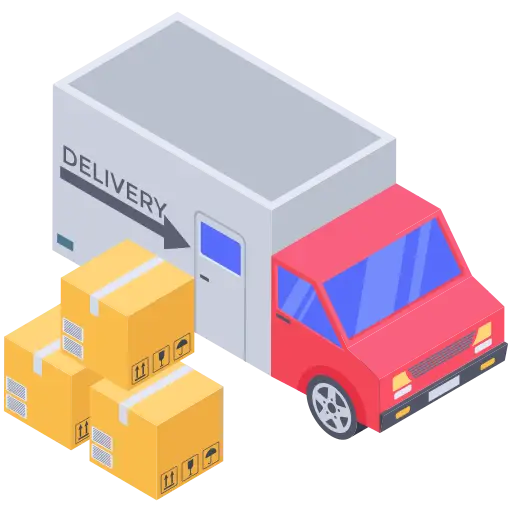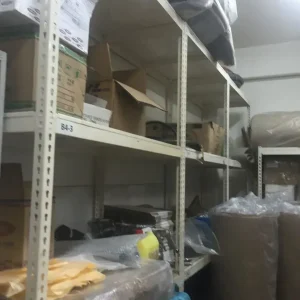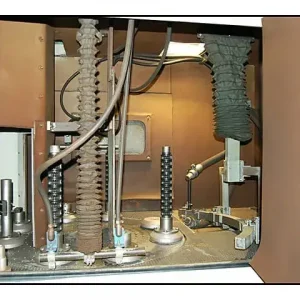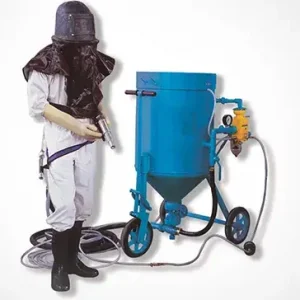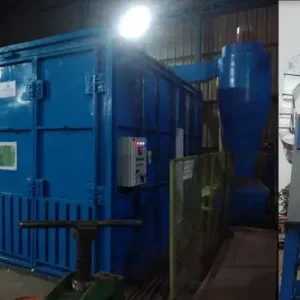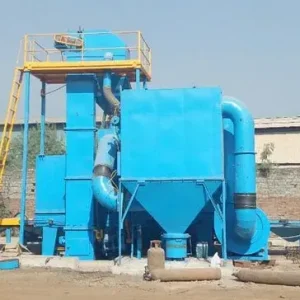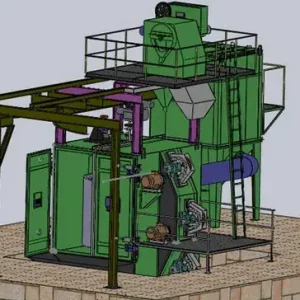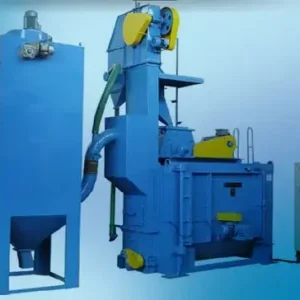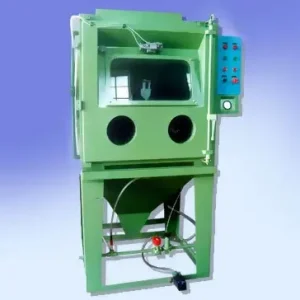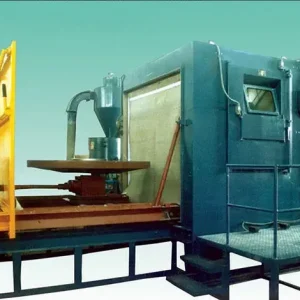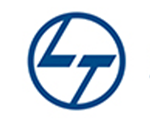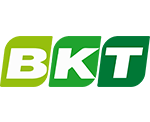In modern surface preparation industries, blast rooms play a crucial role in cleaning, coating preparation, and rust removal. However, one of the most important decisions businesses face is whether to choose a manual or automated blast room system. Each option has its own benefits and challenges — and the right choice depends on your production goals, budget, and required precision.
At Aerowheel Surface Finishing, we help industries understand these differences to make informed decisions that improve both productivity and efficiency.
1. Understanding Manual Blast Room Systems
A manual blast room relies on trained operators who control the blasting nozzle, air pressure, and abrasive flow manually.
Advantages:
- Lower initial cost – ideal for small workshops or low-volume blasting.
- High flexibility – suitable for different sizes and shapes of workpieces.
- Better control – operators can adjust the blast pattern for delicate or detailed surfaces.
Limitations:
- Operator fatigue can lead to inconsistent blasting quality.
- Slower production rate, especially for large components.
- Requires continuous monitoring and higher safety precautions.
Manual systems are best suited for custom jobs, repair work, and smaller production runs.
2. Understanding Automated Blast Room Systems
Automated blast rooms use mechanical or robotic systems to handle abrasive blasting with minimal human intervention. These setups can include conveyor-based blasting, robotic arms, or rotating nozzles that ensure uniform cleaning.
Advantages:
Choosing the Right Sand Blasting Machine for Your Business
Top 5 Mistakes to Avoid in Blast Room Installation
How We Customized a Shot Blasting System for a Jodhpur Client
- Higher productivity and consistency – automation ensures uniform surface finish.
- Lower labor costs and reduced operator risk.
- Ideal for high-volume industrial applications like automotive, railways, and heavy engineering.
- Data-driven monitoring for performance and maintenance tracking.
Limitations:
- Higher upfront cost due to automation and control systems.
- Requires technical expertise for setup and maintenance.
- Less flexible for irregularly shaped components compared to manual systems.
Automated systems are ideal for mass production and precision blasting environments.
3. Key Comparison Table
| Feature | Manual Blast Room | Automated Blast Room |
|---|---|---|
| Initial Cost | Low | High |
| Production Speed | Moderate | Very High |
| Surface Consistency | Depends on operator | Highly consistent |
| Flexibility | Suitable for varied shapes | Best for uniform parts |
| Maintenance | Low to moderate | Higher (mechanical/electronic) |
| Safety | Depends on training | Enhanced through automation |
4. Choosing the Right System for Your Business
The right choice depends on your industry type, production scale, and budget:
- Go for manual systems if you focus on custom, small-batch projects.
- Choose automated systems if you need speed, precision, and consistent results across large volumes.
Conclusion
Both manual and automated blast room systems have their unique advantages. The key is to balance cost, control, and capacity based on your long-term production goals.
At Aerowheel Surface Finishing, we offer both manual and fully automated blast room solutions, designed to meet diverse industrial requirements with superior quality, efficiency, and environmental safety. Whether you’re upgrading your existing setup or planning a new installation, our experts can help you choose the system that best fits your operational needs.

